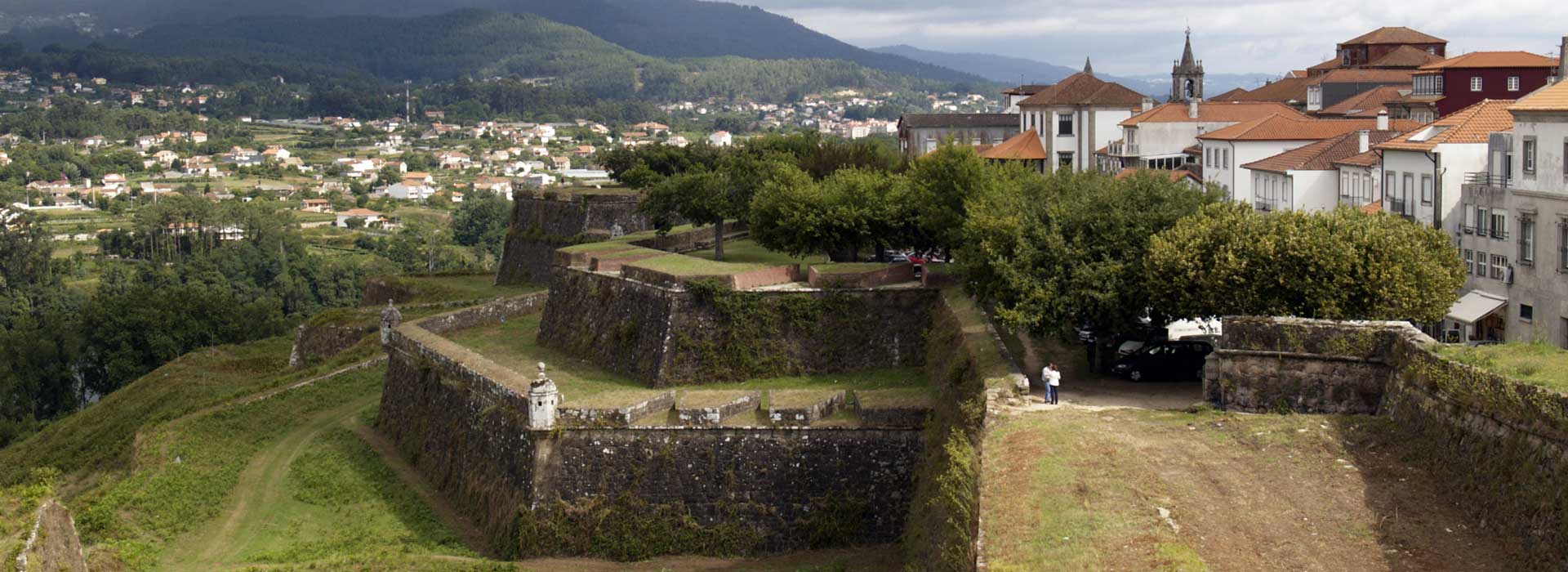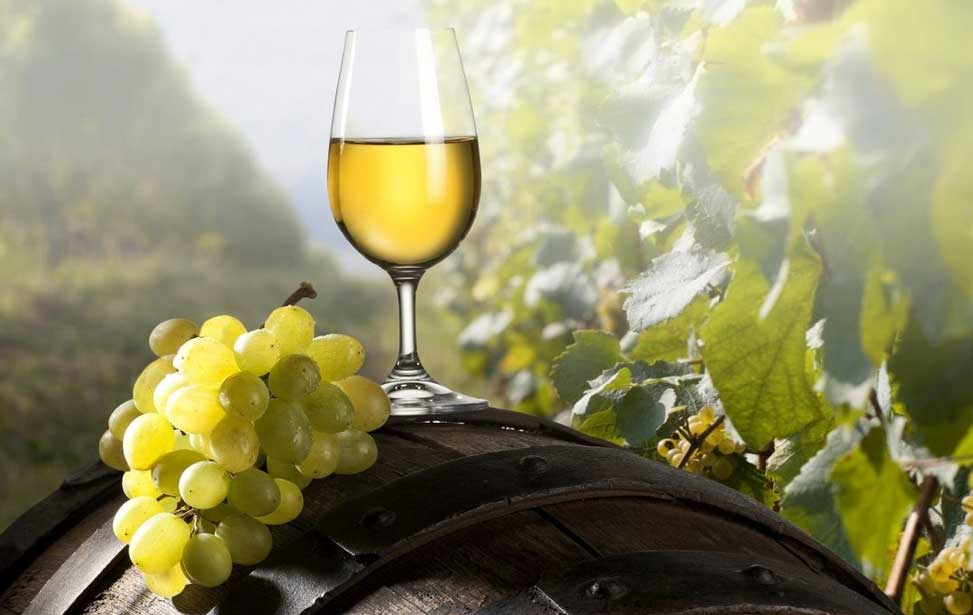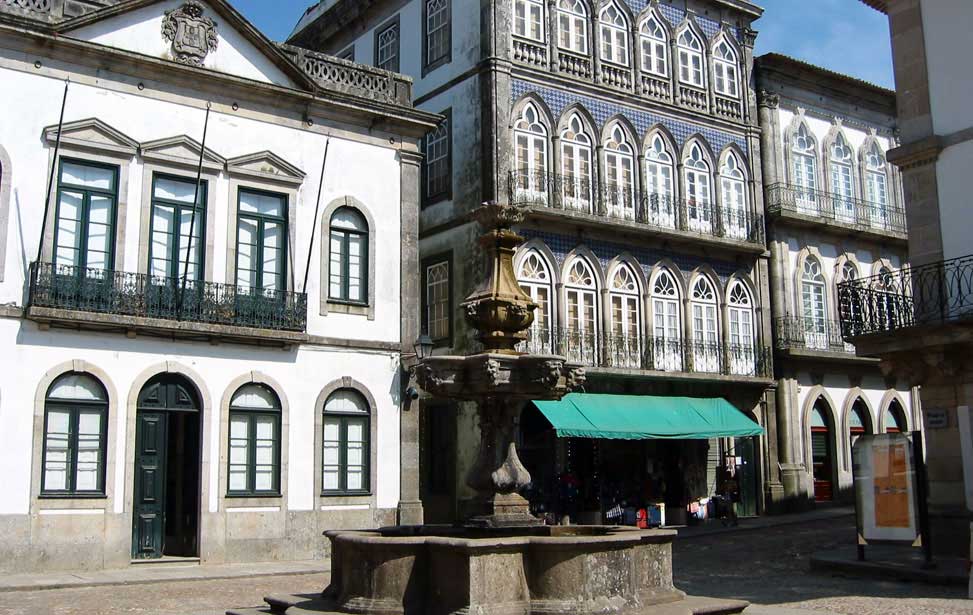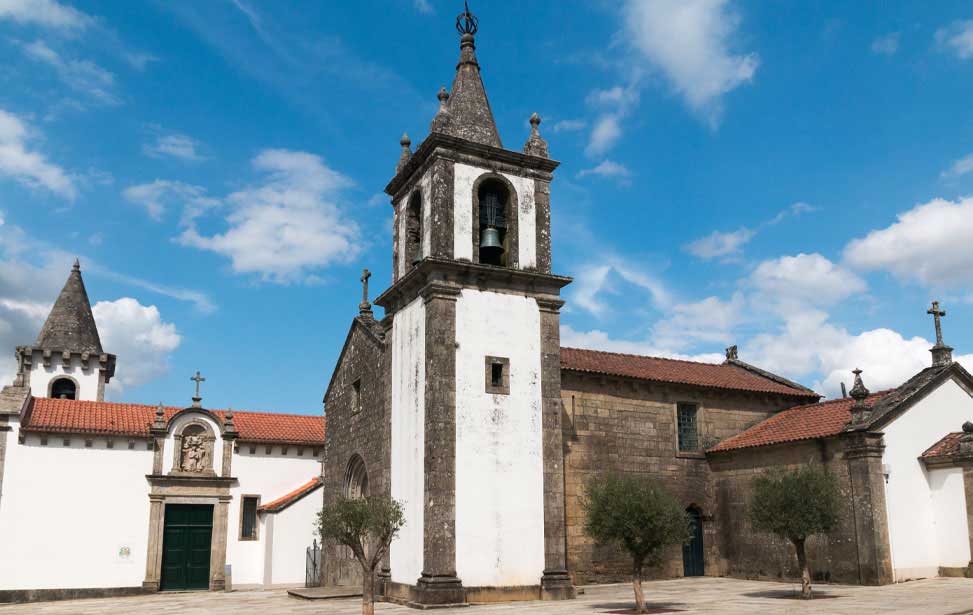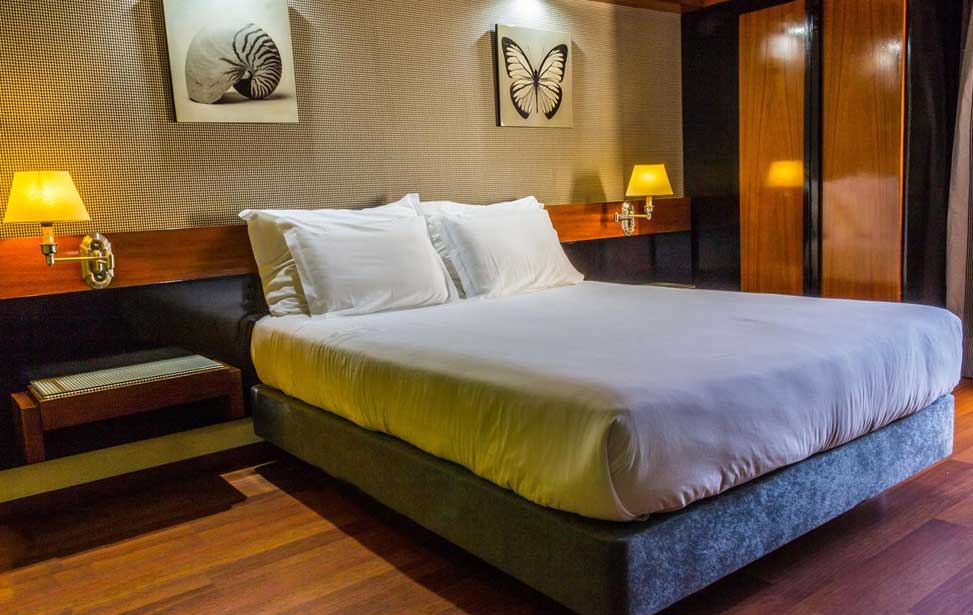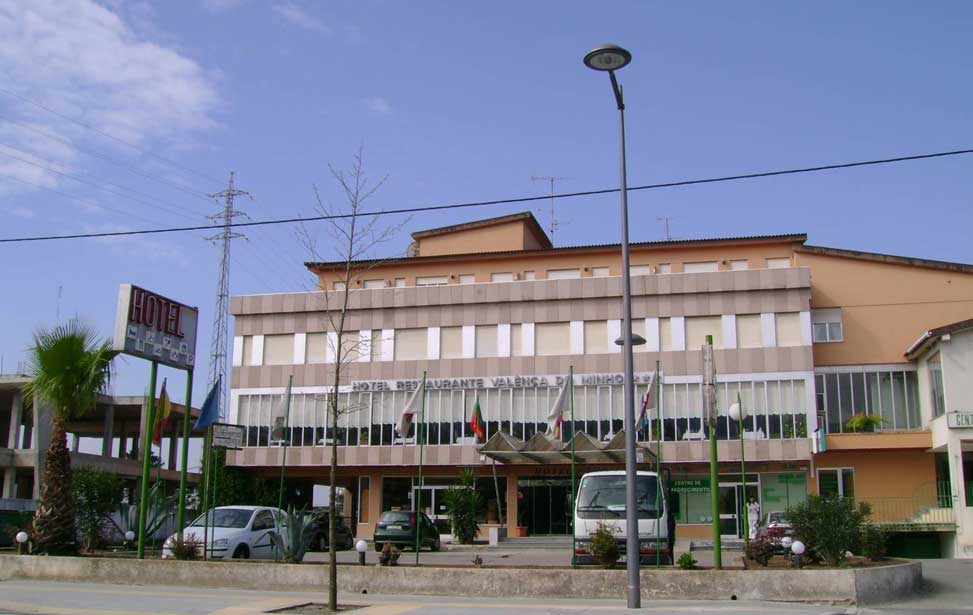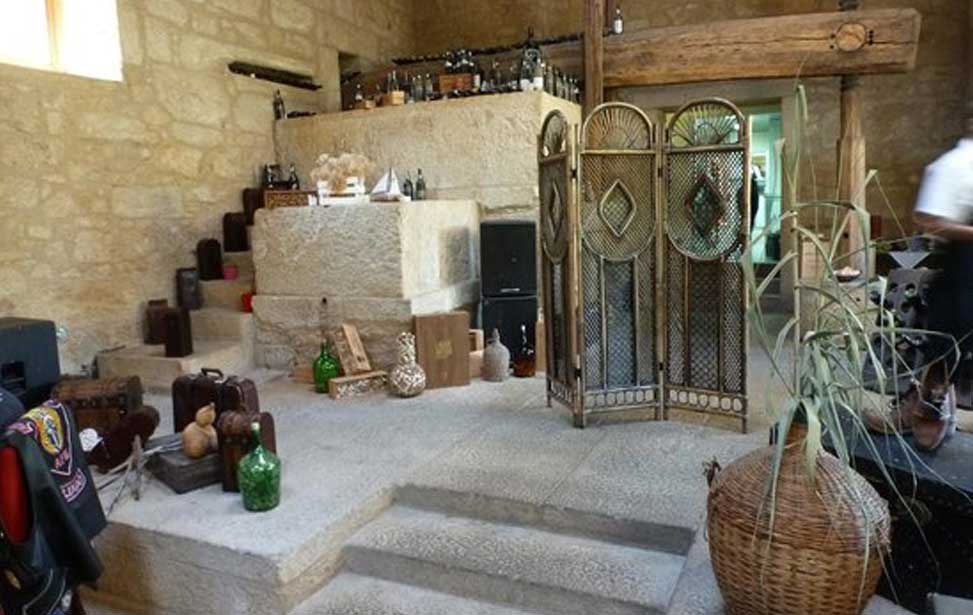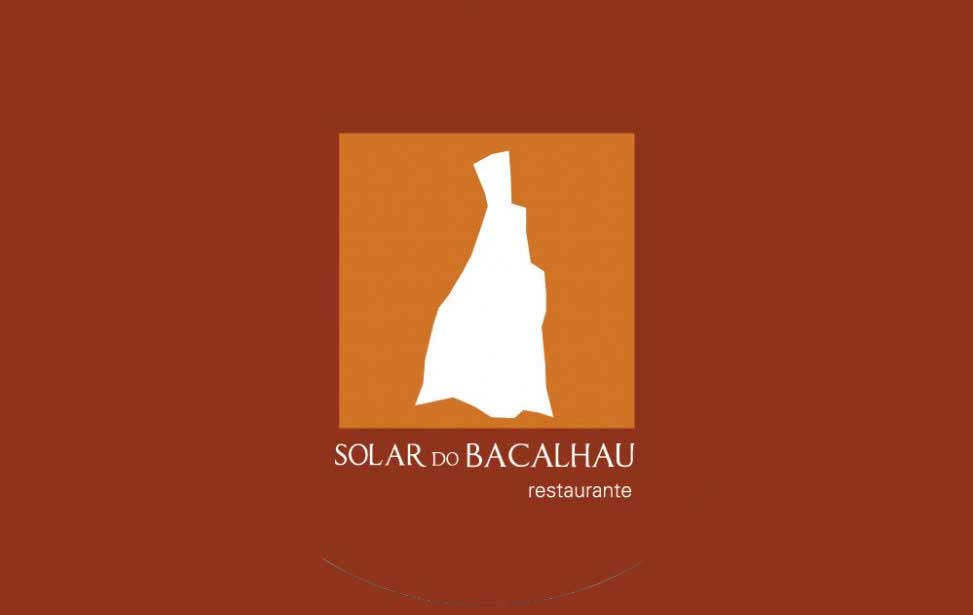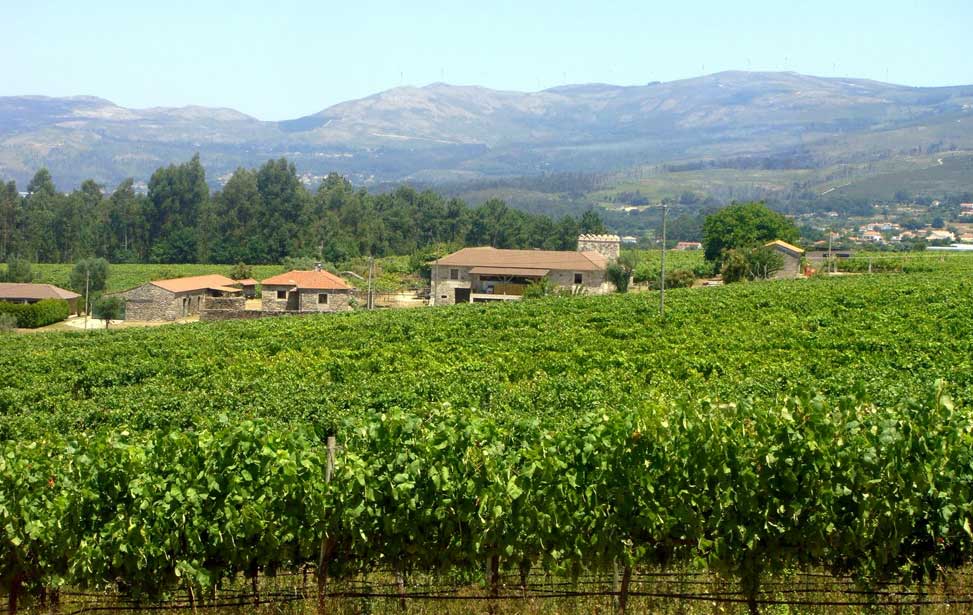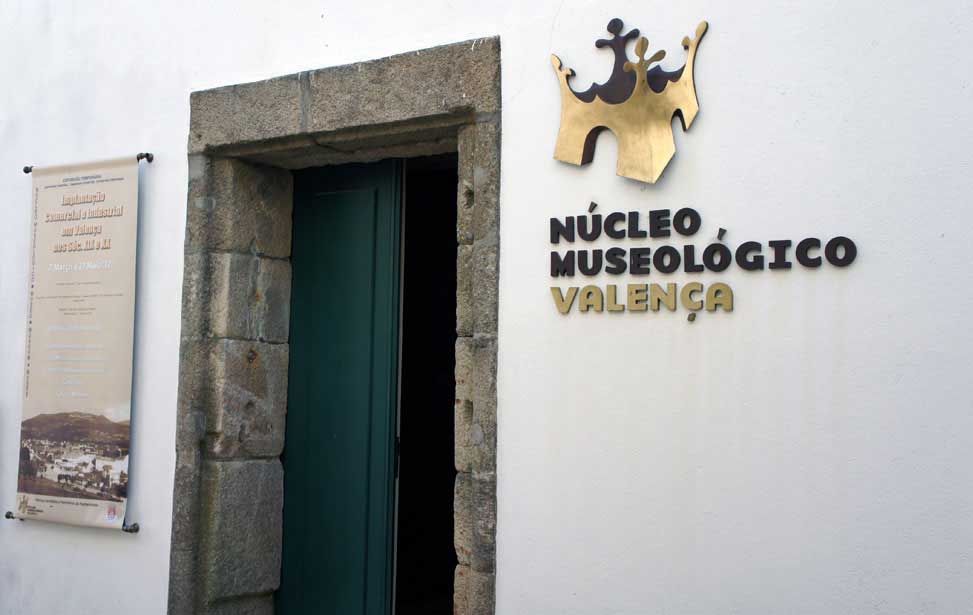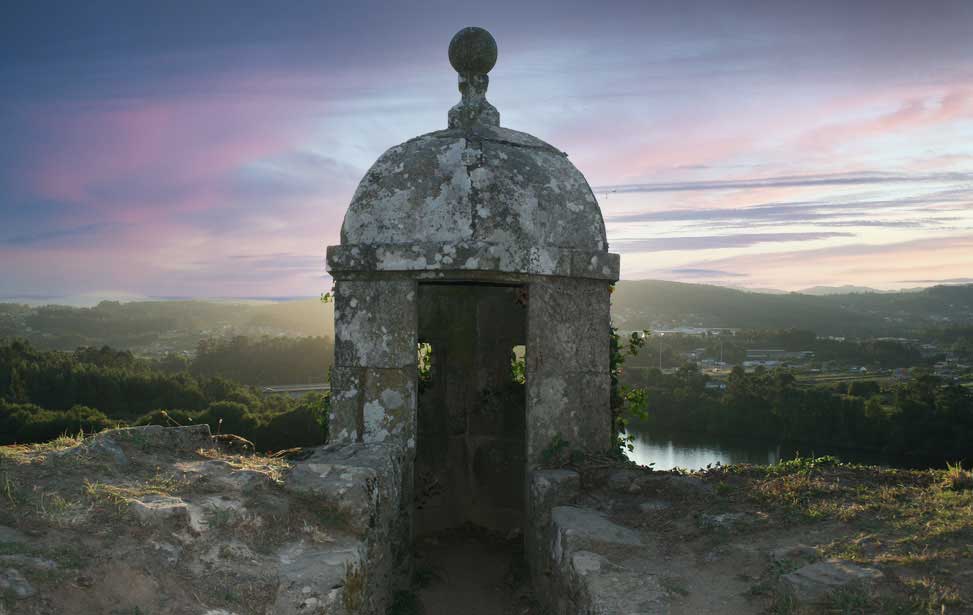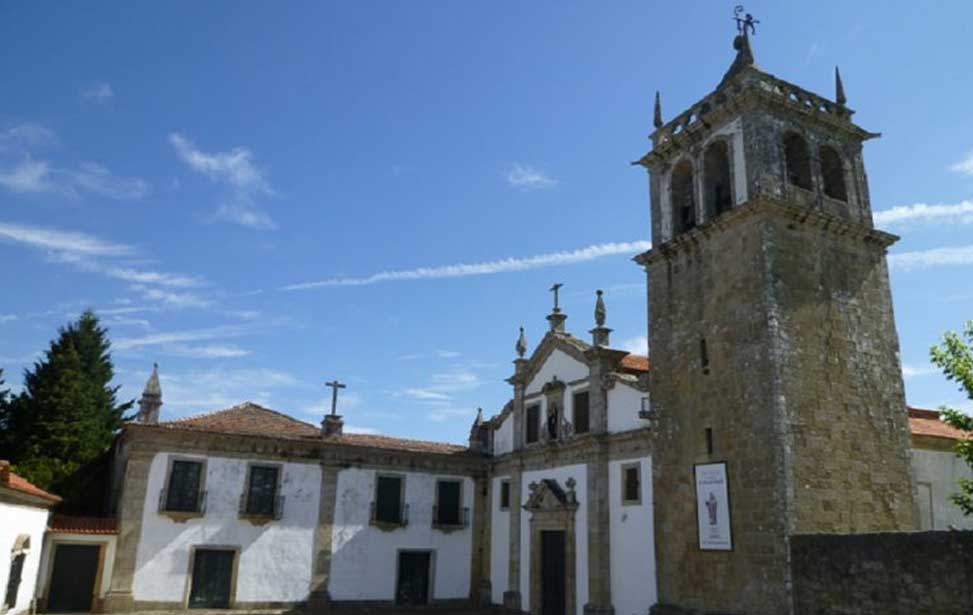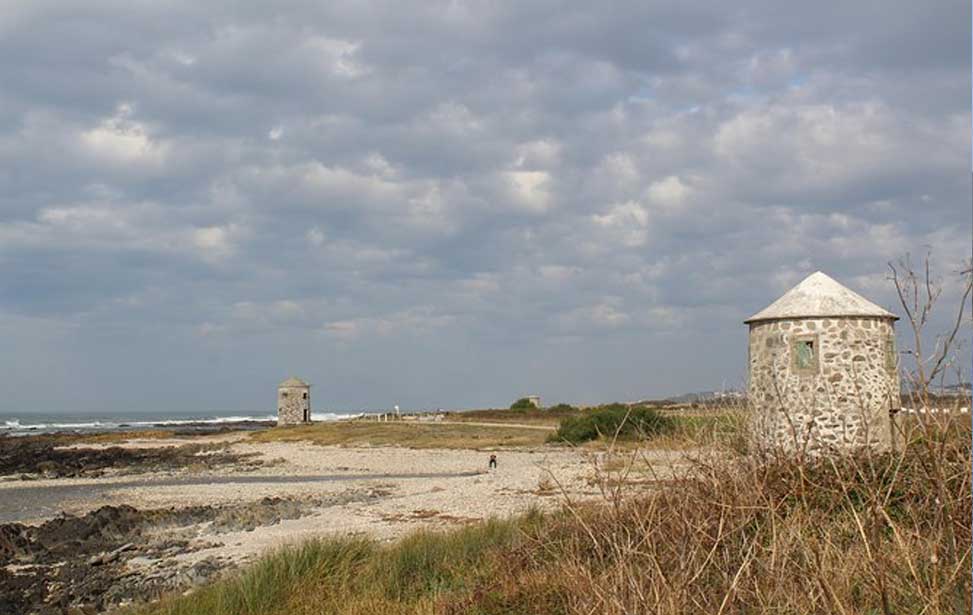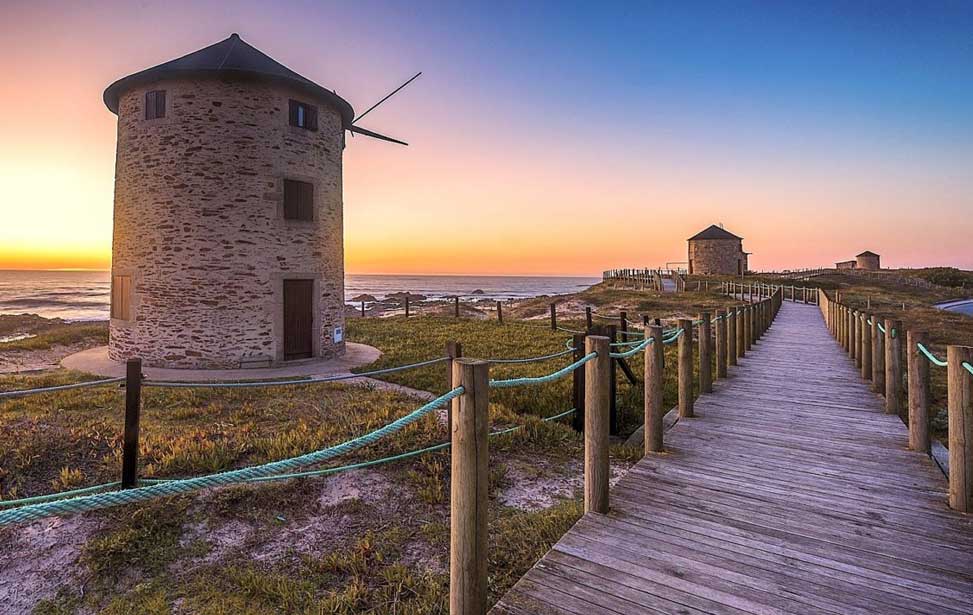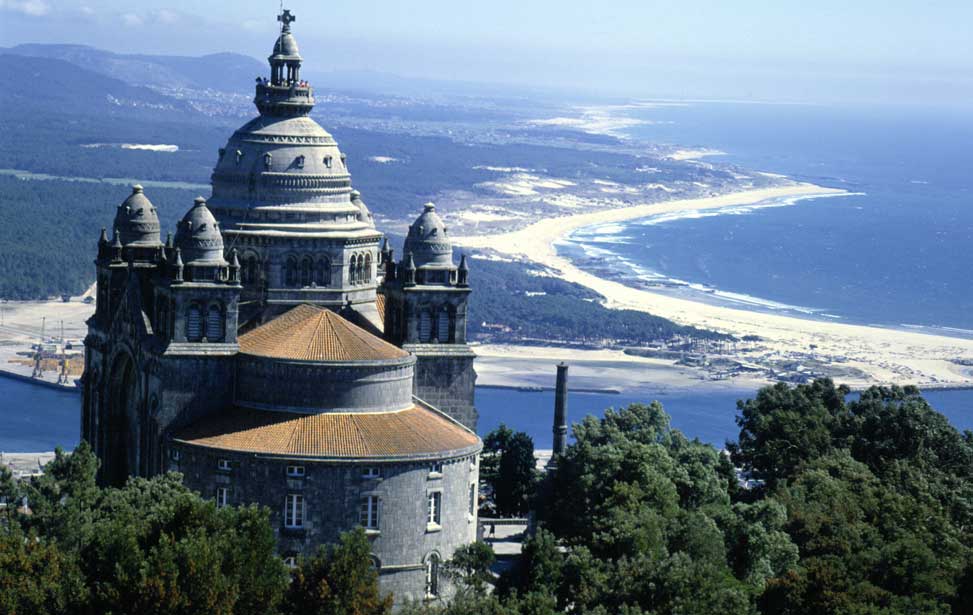VALENÇA (DO MINHO)
The ancient city of Valenca, also known as Valenca do Minho, lies on the southern bank of the river Minho facing its Spanish contemporary, Tui. This incredibly attractive town is a must-see when visiting the Minho region. Valença lies within its well-preserved seventeenth-century double
walls on high ground overlooking the river. Originally the fortress town was built to repel Spanish incursions and invaders who wanted to cross this natural barrier. Now Valença is a peaceful place. The hoards of Spanish invaders now take the form of tourists keen to buy embroideries, towelling and lace. People come here also to admire the views and sample the excellent cuisine; and they are eagerly welcomed.
Let MADABOUTPORTUGAL.COM be your indispensable guide to the beautiful town of Valença. We'll advise you about the best things to see and do. How to get there and the best hotels available, as well as offering restaurant recommendations. Sit back and let others organise everything with our choice of guided tours or use us to plan your adventures.





